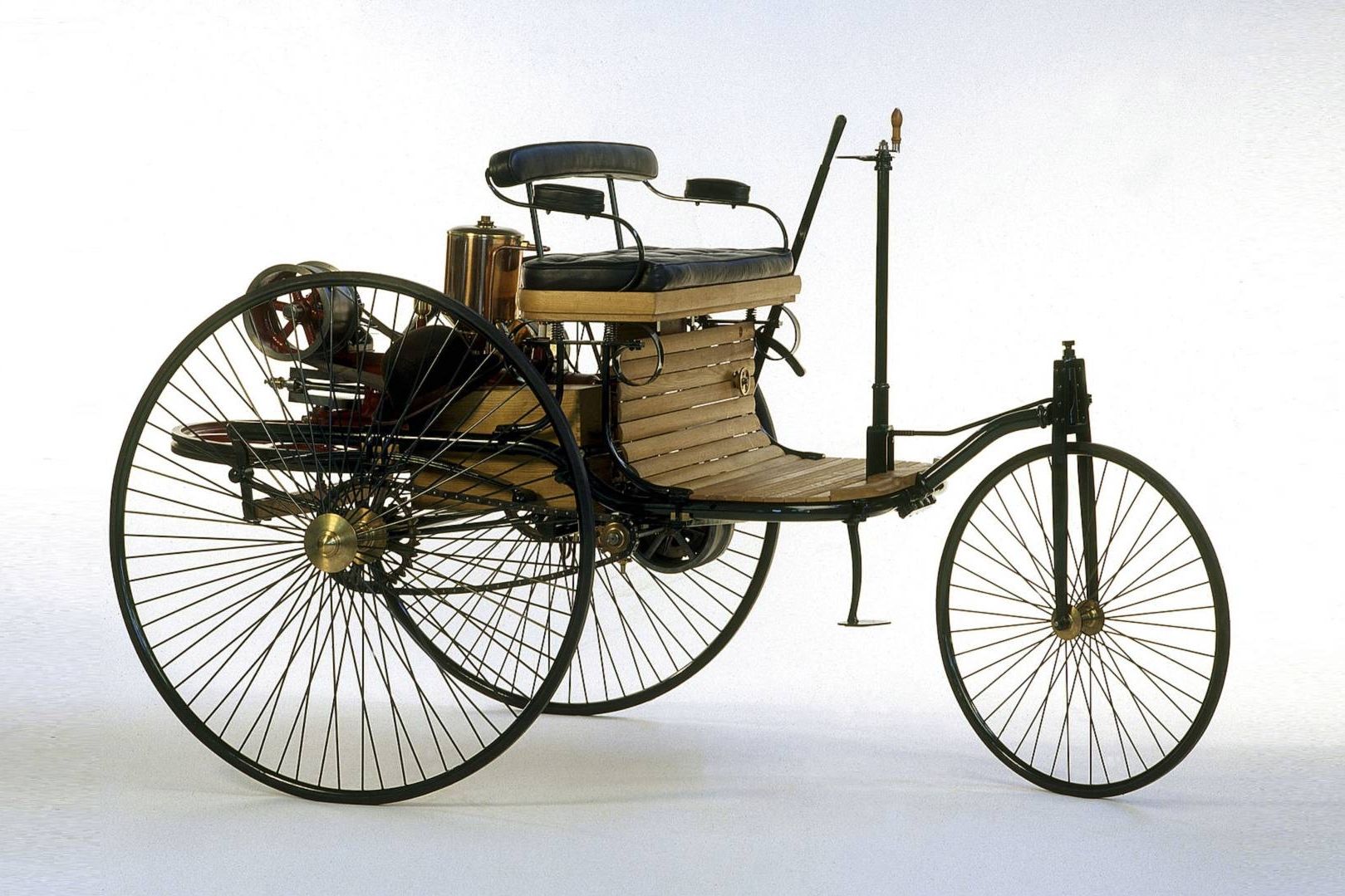
Mercedes-Benz has a strong case for being the most influential car brand in the automotive industry. It started with Karl Benz patenting the first motorcar but unsure if it was ready for the road. His wife, Bertha, was more confident and gained proof of concept by taking the Benz Patent-Motorwagen without his knowledge and going on a long-distance drive. Bertha Benz was an early automotive badass and drove the car around 111 miles from Mannheim to Pforzheim and back, keeping the carburetor clean while making repairs and improvements along the way. That was way back in the late 1800s and set the tone for decades of innovation. Here are six more times that Mercedes-Benz has continued to pioneer new technologies in the automotive industry.
1. The Honeycomb Radiator
The first cars did use water for cooling, but that water was free to evaporate and had to be topped up regularly, forcing frequent stops. Karl Benz invented the car radiator, but Wilhelm Maybach came up with the honeycomb radiator for the Mercedes 35 hp. That honeycomb design from 1901 improved the surface area for air to flow and cool the water and was aided by a small fan inserted behind the radiator. If that all sounds familiar, it's essentially the same principle used in most cars today. The Mercedes 35 hp was the first of the Mercedes line of cars as we know the company today, and it astonished the automotive world by dominating in racing before becoming a road car.
2. The Multivalve Engine
The problem with identifying the first implementation of any technology is that it rarely appears out of nowhere. The multivalve engine appeared in 1910, and Mercedes claims it was first with the Benz Prinz Heinrich Wagen, although Peugeot might have a reason to put its hand up and make its case. The Benz Prinz Heinrich Wagen eclipsed everything, though, and raced in what would become the German Grand Prix with its 5.7-liter four-cylinder engine, and went international to take part in the inaugural Indianapolis 500. It featured four overhead valves per cylinder and a shaft drive instead of the then traditional chain-drive system.
3. Crumple Zones
One of the most significant leaps forward in automotive safety came in 1952 with the invention of crumple zones. A crumple zone is built into the car's structure to deliberately absorb as much of the kinetic energy in a crash as possible, making an impact less jarring for the passenger compartment and its occupants. In modern cars, the design has evolved to include a safety cell redirect the energy that can't be absorbed around the driver and passengers. The brand patented crumple zones in 1952 and first utilized the technology from 1959 onwards in the W110/111/112 models of the time which were visually distinguished by their distinctive tail fins.
4. Multi-Link Suspension
While Mercedes didn't invent independent suspension, it was the first company to introduce a car with four-wheel independent suspension. However, the automaker did develop multi-link suspension and introduced that on the 1969 experimental and incredible Mercedes-Benz C111 before using it for its entry-level and more luxurious passenger cars, starting with the 190 and 124 series cars in the 1980s. The advantage of adding links is creating a more sophisticated geometry to the suspension, allowing the attached wheel to retain its alignment settings as the suspension travels up and down. The result is a more comfortable ride and better, more consistent grip during cornering. The downside is it's more expensive and has more parts to maintain. However, multi-link suspension has found its way into affordable cars through the decades.
5. Anti-Lock Braking (ABS)
The history of the idea behind ABS goes back to the beginning of the 20th century and trains and airplanes. However, developing a system that mimics cadence and threshold braking for cars was a lot harder than preventing much larger wheels from locking up on predictable surfaces. Automotive companies and race teams tried various types of mechanical ABS systems, but it was Mercedes that got to market first. It started development with a patent in 1953 and started work in 1963 on the electro-hydraulic brake control system. The automaker worked with the electronics company that would become Bosch to develop a basic system that debuted in 1970. Other manufacturers followed and made developments, most notably Chrysler and the Bendix Corporation coming up with a four-wheel system. However, Mercedes jumped ahead again with a digitally controlled four-wheel multi-channel ABS system called Anti-Bloc. This much faster digitally controlled system first appeared on the 1978 Mercedes-Benz S-Class and is the blueprint for ABS as we know it today.
6. Pre-Collision System
Again, Mercedes didn't invent collision detection systems but did make it the reality we understand today. The idea had been floating around since the 1950s in one way or another, and plenty of automakers took a crack at it. However, Mercedes figured out how to do it and how to use it then packaged a pre-crash system in the 2003 S-Class. Again, it has become a blueprint for systems today. Using the electronic stability control sensors, the Mercedes Pre-Safe system uses steering angle, vehicle yaw, and lateral acceleration along with emergency braking detection to take action if it detects an imminent collision. The first system could pre-tension the seat belts, adjust seat positions, raise folded rear-seat headrests, and close the sunroof in case of a rollover. The 2006 S-Class used radar as part of the system, and in 2006, the CL-Class gained partial autonomous braking. In 2008, the E-Class introduced full autonomous braking in the event of an impending collision.

